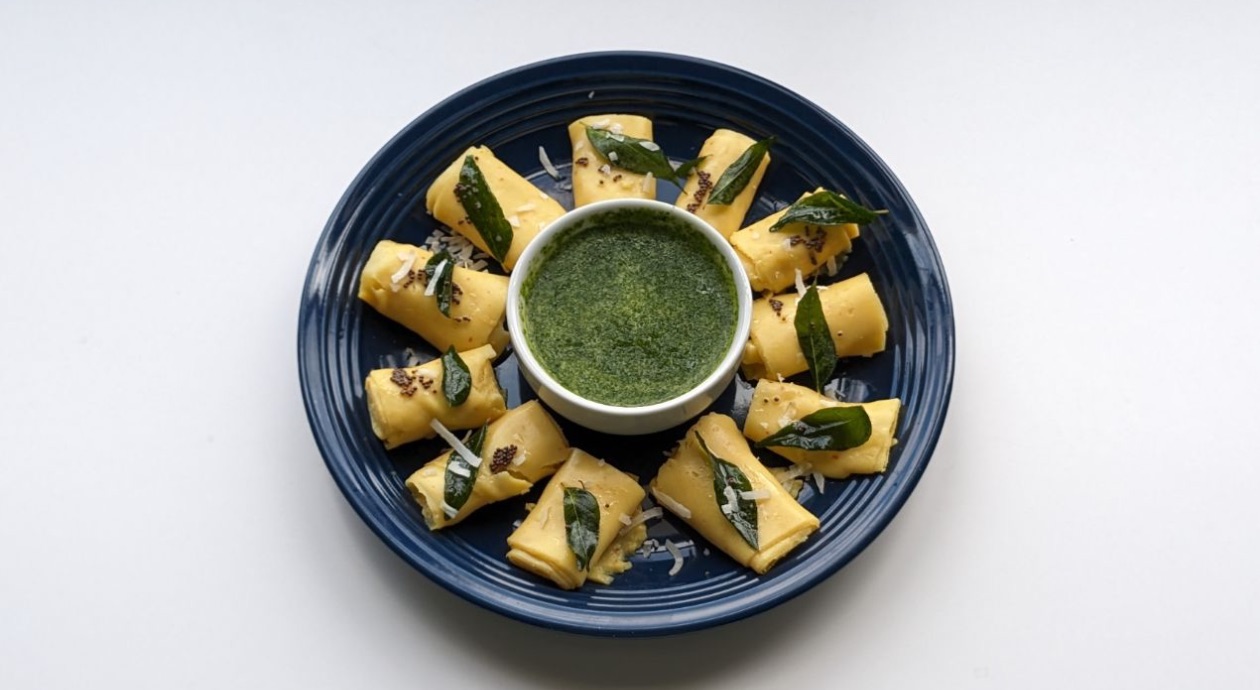
Rasa
Sweet
Guna
Dry
Virya
Cold
Vipaka
Sweet
Gujarati cuisine is celebrated for its diverse flavors and mouthwatering dishes. Among the plethora of culinary delights, Khandvi stands out as a unique and healthy snack. Not only is it a delicious treat for your taste buds, but it also offers a range of health benefits. Here, we will explore the Khandvi recipe and delve into the reasons why you should include it in your diet.
Full Recipe in Details
Did you know?
Khandvi is often referred to as “patience snack” because making the perfect Khandvi recipe requires a bit of patience and skill in achieving the right consistency. The delicate balance of flavors and the art of rolling up these savory treats can turn your kitchen into a mini culinary masterpiece. Now, let’s explore the delightful recipe for this Gujarati gem.
STARTING GUIDE
INGREDIENTS
GUIDE / INSTRUCTIONS
NOTES
Indeed, Ayurveda emphasizes the importance of eating according to one’s body type to maintain balance and promote good health. Making dietary adjustments based on your body type can help optimize your well-being. The primary ingredient of this recipe is Gram flour, which is derived from Bengal gram. Gram flour is renowned in Ayurveda for its unique properties. It is considered “cold” in potency, “dry” in nature, and relatively easy to digest. This makes it an ideal ingredient for balancing Pitta and Kapha dosha. However, it’s important to note that excessive consumption of gram flour can potentially increase Vata dosha, so moderation is advised.
Let’s enhance the Khandvi recipe by incorporating the suggestions for each body type:
- For a Vata person: After the Khandvi rolls have set and cooled, lightly sauté them in ghee. This will add warmth and moisture to the dish, making it more suitable for Vata.
- For a Pitta person: Serve the Khandvi with a side of cooling and soothing coconut chutney. Coconut can help counter the heat and acidity often associated with Pitta dosha.
- For a Kapha person: Serve the Khandvi with a spicy chutney. Spicy flavors can help balance the heavy and cold qualities of Kapha dosha.
By incorporating these modifications based on your body type, you can enjoy a delicious and balanced Khandvi that is suitable for Vata, Pitta, and Kapha individuals. This personalized approach ensures that you are nourishing your body while maintaining health and harmony.
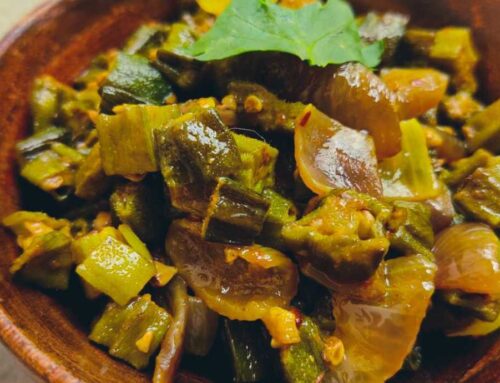
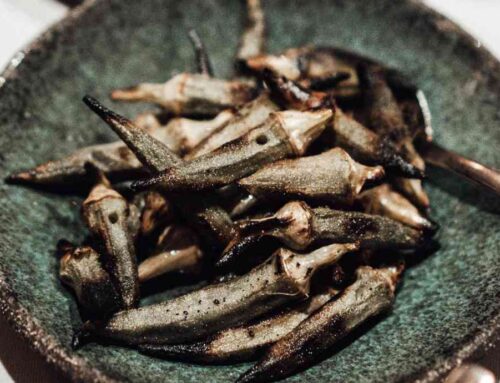
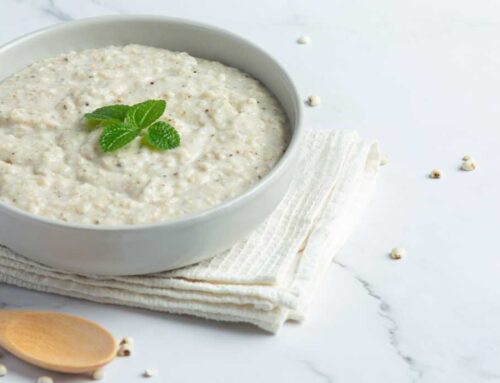
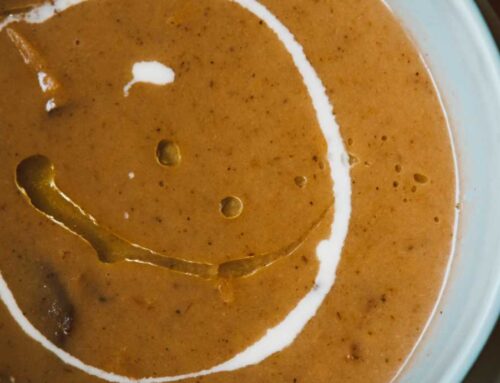
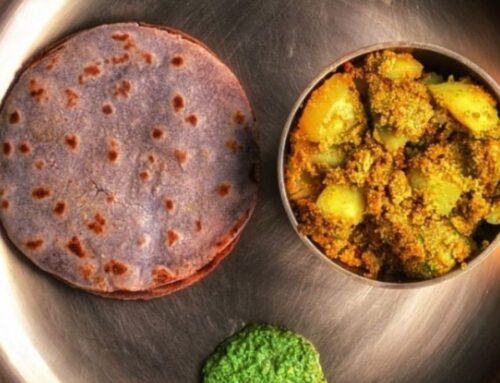
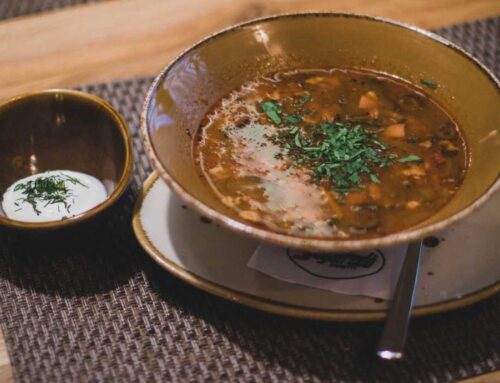
Leave A Comment